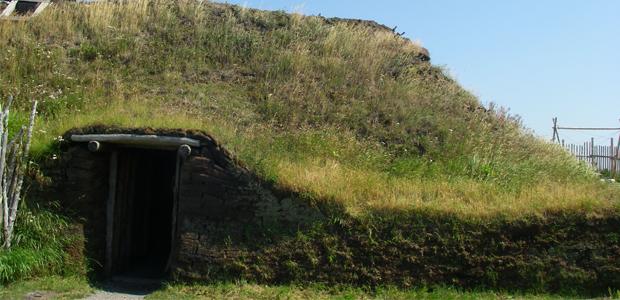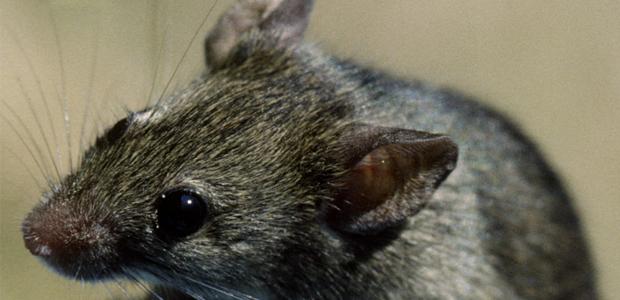After analyzing the mitochondrial DNA from Viking age and modern-day mice found in Iceland, Greenland and eastern Canada, an international team of researchers have found mice colonized the islands, alongside the Vikings.
While Vikings pillaged and colonized the North Atlantic between the late 8th and mid 10th century, researchers from across Europe and the United States have found the common house mouse may have been pillaging with them.
After analyzing the mitochondrial DNA from Viking age and modern-day mice found in Iceland, Greenland and eastern Canada, they found mice colonized the islands, alongside the Vikings.
“Using this mitochondrial marker, we have a very structured pattern – which in some ways is incredibly surprising with a house mouse,” Jeremy Searle, study co-author and evolutionary biologist at Cornell and the UK’s York University, told Science-Fare.com. “Because of this characteristic mitochondrial DNA – that reflects first colonizers – we can see patterns that reflect the first colonization of mice.”
Because it’s unique, researchers were able to link the arrival of the house mouse – known as M. m. domesticus – with the arrival and colonization of Norwegian Vikings in Iceland, a little more than a thousand years ago.
The researchers were also able to make similar link in Greenland, but uniquely different. The Viking Age samples were Norwegian mice, but the modern-day ones were Danish mice – known as M. m. musculus.
“This also fits with human history,” Searle said. “Greenland was colonized by Norwegian Viking’s and the human colony left. It was colonized again by people from Denmark and the mice seem to reflect that.”
In Newfoundland however, the archaeological and genetic evidence didn’t jive so well – but still fit with what researchers know about the area at the time.
First, researchers couldn’t find any Viking Age mice and the modern-day ones were from the United States – not Norway or Denmark.
Like Greenland, researchers say, this suggests the Viking presence wasn’t long enough for the mouse population to take hold.
“It seems to be an extremely short period of time,” Searle said. But even they’ll admit it’s difficult to tell, absent a Viking Age sample.
Founded by Leif Erikson, L’Anse aux Meadows is the first settlement by a European in North America, preceding Columbus by nearly 500 years. The Vikings were outnumbered by local Native populations – one of which reportedly killed his brother, Thorvald – and Sagas from the time period suggest an uneasy relationship existed between the two groups.
Mitochondrial DNA reflects first colonizers because it’s uniquely from the mother, regardless of the sex – in the same sense that the Y-chromosome’s only from the father and can be used to trace paternal lineage, when it’s present.
“When you look for patterns of genetic variation in the mitochondrial DNA, it’s reflecting female evolution, rather than male evolution,” Searle said. “What seems to have happened in the house mouse is that when you get a foundation in an initial population, it persists and it seems to be difficult for new female genes to get into the population, but other male mice can get in.”
That foundation is made more solid on islands – especially a thousand years ago, when traveling wasn’t nearly as convenient.
But, like human populations, it gives researchers a better sense of who each island’s mitochondrial ‘Eve’ is and using these methods, her footsteps through history can be traced.
Previous research by Searle has shown a link between Viking colonization and Norwegian house mouse colonization around Scotland, Ireland, Faroe and the Isle of Man – just to name a few.
They’ve even been able to link mouse colonization with the colonization of Australia – when the British started shipping convicts there.
The research was published in the journal, BMC Evolutionary Biology
 Science Fare Media Science News – Upgraded
Science Fare Media Science News – Upgraded



